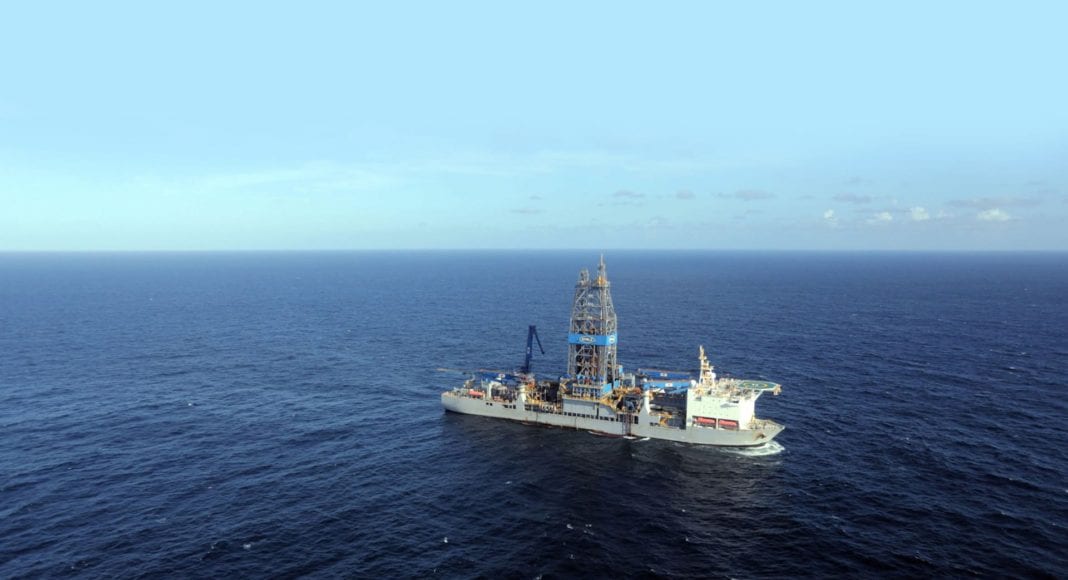In just two years, the damning effects of the COVID-19 pandemic have affected upstream investments by a whopping US$285 billion. Due to these significant cuts, upstream spending will struggle to recover to pre-pandemic levels. Revealing these details recently was Rystad Energy, an independent energy research and business intelligence company headquartered in Oslo, Norway.
In February 2020, several months before the global energy system took a blow from the pandemic, Rystad recalled that it had estimated global upstream investments for the year to be around US$530 billion, almost at the same level as in 2019.
“Our forecast at the time suggested 2021 investments would remain in line with the previous year’s level,” the consultancy group noted in one of its latest energy reports.
However, as the COVID-19 pandemic triggered a collapse in oil prices during the early part of the second quarter last year, exploration and production companies (E&P) companies slashed investment budgets to protect cash flow. This spending trend, Rystad pointed out, was not reversed in 2021 when prices rose.
“Compared to pre-pandemic estimates for 2020 and 2021, we observe that spending fell by around US$145 billion last year and will end up losing US$140 billion by the end of this year. This implies COVID-19 removed 27% of planned investments,” the group explained.
It further noted that Upstream spending was limited to US$382 billion in 2020 and is forecast to marginally grow to US$390 billion this year. Additionally, Rystad Energy expects the effect of the pandemic to be a lasting one – even though spending will start growing from 2022 – as it will not return to the pre-pandemic level of US$530 billion. Growth, the report indicated, will be limited and investments will only inch up annually, rising to just over US$480 billion in 2025, when this report’s forecast ends.
Rystad went on to say that over the two-year period between 2020 and 2021, shale/ tight oil investments were the ones most affected in both absolute and percentage terms, losing US$96 billion of the previously expected spending, or 39% for the sector.
Against this backdrop, Espen Erlingsen, Head of Upstream Research at Rystad Energy explained, “Since shale/tight oil is both the segment with the highest decline in activity and the supply source in greatest need of continuous reinvestment to keep production growing, the immediate impact on output from this sector has been significant.”
Although upstream investments are facing challenges globally, operations in Guyana have ramped up. In fact, in June 2021, ExxonMobil had pulled out of a deep-water prospect in Ghana to focus on Guyana’s Stabroek Block. Exxon, operator of this block, has already hit around 20 discoveries, amounting to an estimated nine billion plus oil-equivalent barrels.
Upstart oil producer Guyana turning heads, poised to eat up market share
Meanwhile, Hess Corporation, another Stabroek Block partner, had in May increased its share in the Kaieteur Block offshore Guyana from 15% to 20%. Rystad Energy believes that this increased stake points to the expectation of future discoveries.
Big ramp up in Guyana offshore activities see Exxon looking to expand shore base services
All told, six drill ships are now operating off the Guyana coast, a second FPSO will arrive this year with another under construction for 2023/24 delivery, while a fourth is pending government approval.



